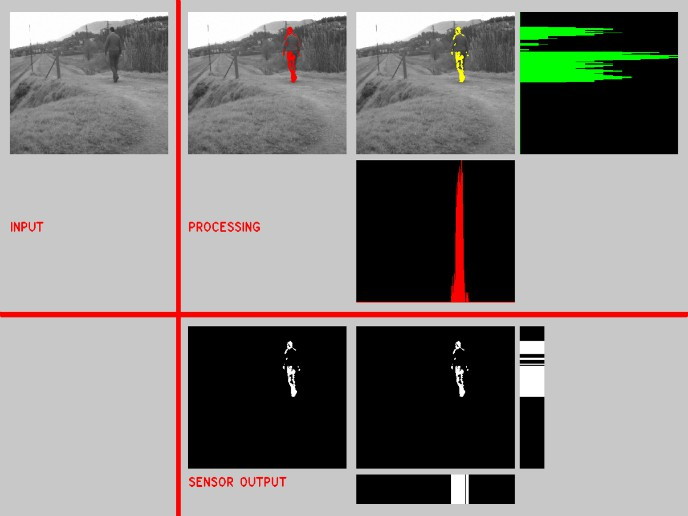Advanced technology helps law enforcement automatically detect online terrorist activity
For extremists and terrorist organisations, the internet is a tool for conducting psychological warfare, spreading propaganda and misinformation, and attracting new recruits. Social media in particular has become the tool of choice for recruiting vulnerable individuals. Lacking the proper tools to efficiently identify such terrorist-related online content, law enforcement must rely on inefficient proprietary spam-fighting tools, user reports and human analysis. This can result in some terrorist activity going unnoticed, sometimes leading to dramatic consequences for European citizens – such as the over 40 terrorist attacks carried out by radicalised individuals on European soil since 2015. This ongoing threat of terrorism prompted the European Council to challenge European industry to develop new technology and tools that can automatically detect and remove content that incites terrorism and terrorist acts. In response to this call, the EU-funded RED-Alert (Real-time Early Detection and Alert System for Online Terrorist Content based on Natural Language Processing, Social Network Analysis, Artificial Intelligence and Complex Event Processing) project is developing technologies capable of providing early detection of online radicalisation and supporting global counter-terrorism efforts. “RED-Alert is one of the first European initiatives to respond to the challenge of automated detection of terrorist propaganda while preserving the privacy of citizens,” says Monica Florea, project coordinator. “By leveraging the most advanced technologies to fight terrorism and prevent future attacks, we will provide European law enforcement agencies with a key intelligence asset.”
Stopping terrorism in its tracks
Harnessing the power of artificial intelligence, the RED-Alert toolkit helps law enforcement agencies keep up with the abundance of information within the terrorist domain and the widespread dissemination of disinformation. “RED-Alert involves a lot more than a computer recognising certain words,” explains Florea. “The technology we are building will process massive amounts of unstructured data, such as social media posts, to identify meaningful relationships and spot potential threats.” Using a unique combination of technologies – including natural language processing, semantic media analysis, social network analysis and complex event processing – the system collects, processes, visualises and stores online data related to terrorist groups. With this data in-hand, law enforcement agencies are well-positioned to take coordinated, near real-time action to stop terrorist activity in its tracks.
Benefiting Europe
Although a work-in-progress, the RED-Alert project is well on its way to providing law enforcement agencies with an effective tool for identifying terrorist-related online content. “By providing a solution to a real law enforcement need, the RED-Alert project is helping to prevent future terrorist activity – something that everyone will benefit from,” adds Florea. After the completion of the project in May 2020, participating law enforcement agencies will continue to use the RED-Alert tool. There are also plans to build a strong community of users around the RED-Alert solution.
Keywords
RED-Alert, law enforcement, technology, online terrorist activity, terrorism, social media, terrorist organisation, European Council, radicalisation, counter-terrorism, artificial intelligence







